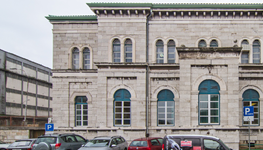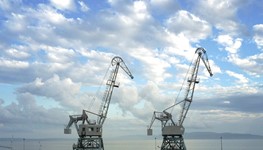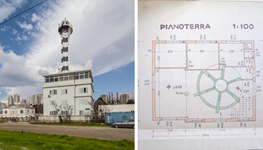Search result

Railway Station
Seventeen years after the construction of the railway line Rijeka-Karlovac, the city centre got a representative station building. The main architect of the Hungarian State Railways, Ferenc Pfaff, was in charge of the project. Pfaff designed typologically very similar buildings in Zagreb, Bratislava, Pécs and elsewhere in the Austro-Hungarian Empire. The project was carried out by the company of Vjenceslav Celligoi and, on 1 January 1891, the new building of Rijeka’s railway station ...

The railway warehouse IIIb
After the Austro-Hungarian Compromise of 1867, the Hungarian spirit became more and more pronounced in Rijeka, and Budapest’s efforts to make Rijeka a major export port demanded the investment of significant resources in the construction of railways. The preliminary design of the railway and the draft of its position within the city were made by Jόzsef Bainville. The construction of the railway line towards Karlovac began in 1869. Despite a number of problems, it was opened in November 18 ...

The port cranes
The port cranes, some of which are still in use, were erected at the beginning of the 20th century. In general, they were mobile cranes on metal rails that moved along the dock and, thus, served the vessels. They were mainly manufactured by Ganz, but there were also some produced by the Czech Škoda or Slovenian Metalna. Today, these impressive giants have mostly just a symbolic meaning. With changes in transportation technology and cargo packaging most of them have lost their purpose.

The lighthouse
In 1884, an iron lighthouse was set up at the end the breakwater of Rijeka’s port (formerly breakwater of Maria Theresa). Due to the subsidence of the breakwater, the lighthouse was moved to Mlaka at the end of the 19th century. However, in 1933, it was moved for the third time and this time it was built as a four-storey lighthouse building as well as strengthened with reinforced concrete. The last change occurred in 2002, when the building gained another floor for the Coastal Radio Statio ...
